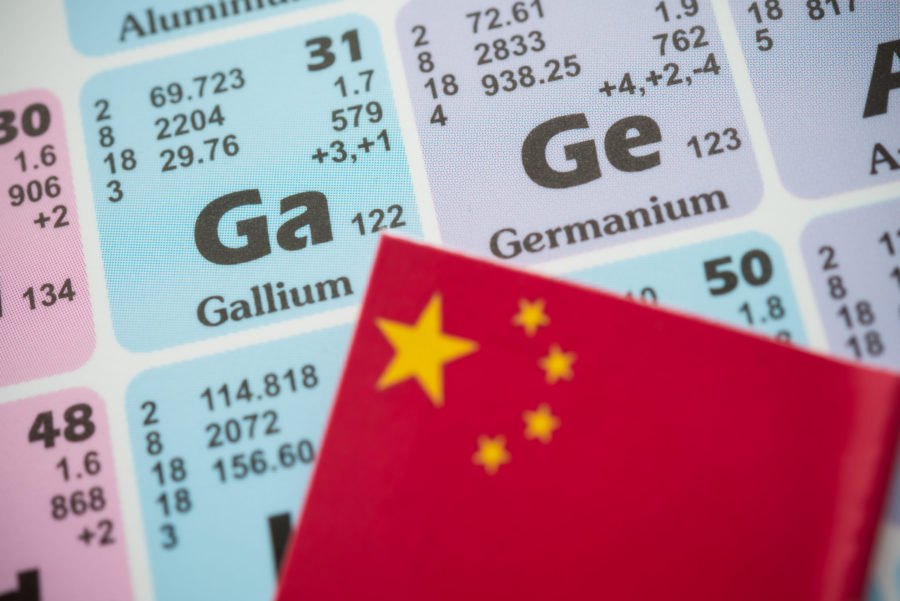BHP hits record iron ore output but warns of risks from virus

BHP Group on Tuesday posted a 7% rise in fourth-quarter iron ore output, but warned the resurgence of covid-19 outbreaks threatened the short-term demand outlook for its key commodities and widened its production guidance range for next year.
Mining companies are banking on the recent uptick in industrial activity in China, the world’s top metals consumer, to support prices and insulate them from uncertainty over demand elsewhere, as global coronavirus cases continue to spike.
BHP widened its 2021 guidance across commodities, including 2% each way for iron ore to 244 – 253 million tonnes
The world’s biggest listed miner met guidance for its iron ore production of a record 67 million tonnes for the quarter, up 4%, and 248 million tonnes for the financial year, reflecting strong demand from top consumer China.
Reflecting uncertainty over a second wave of infections and the possible impact to demand from China, the world’ stop commodity consumer, it also widened its 2021 guidance across commodities, including 2% each way for iron ore to 244 – 253 million tonnes for FY 2021.
“BHP’s 4Q FY20 production was stronger than we had expected as we had modelled more significant disruptions from covid and weak demand,” said broker Jefferies in a report.
China’s domestic industrial activity had been improving, BHP said, given supportive credit and fiscal policy, but it reiterated a major risk to maintaining that positive trajectory due to a possible emergence of a second wave of infections. “Indications are that the U.S., India, Japan and Europe will all experience a flatter recovery trajectory than China. Negative feedback loops to China from the downturn in the rest of the world are factored into our range analysis.”
Last week, rival Rio Tinto stuck to its 2020 iron ore shipment forecast and sounded markedly more upbeat, saying demand for the steelmaking ingredient was improving in China.
BHP produced 414,000 tonnes of copper in the quarter, ahead of UBS expectations of 388,000 tonnes, hitting 1.724 million tonnes for the year. It lowered its 2021 guidance to 1.48–1.645 million tonnes, down by 14%–5% from its 2020 outlook given coronavirus impacts in Latin America.
(By Melanie Burton, Rashmi Ashok and Shashwat Awasthi; Editing by Ramakrishnan M. and Anil D’Silva)
More News
Is Basel III setting up a new gold-backed monetary system?
April 20, 2025 | 08:22 am
China’s export controls are curbing critical mineral shipments to the world
April 20, 2025 | 08:15 am
{{ commodity.name }}
{{ post.title }}
{{ post.date }}




Comments